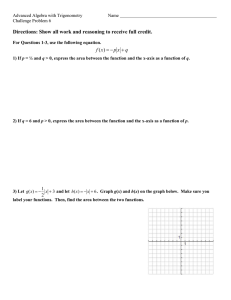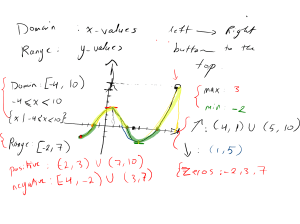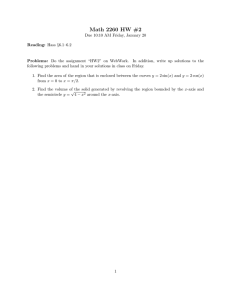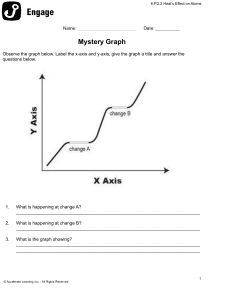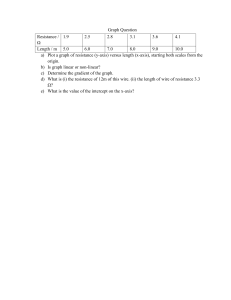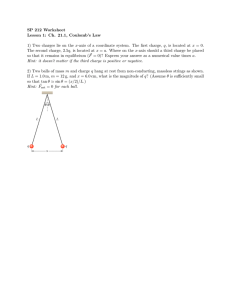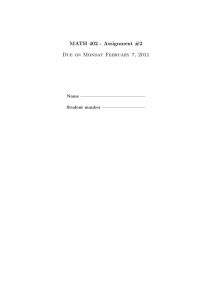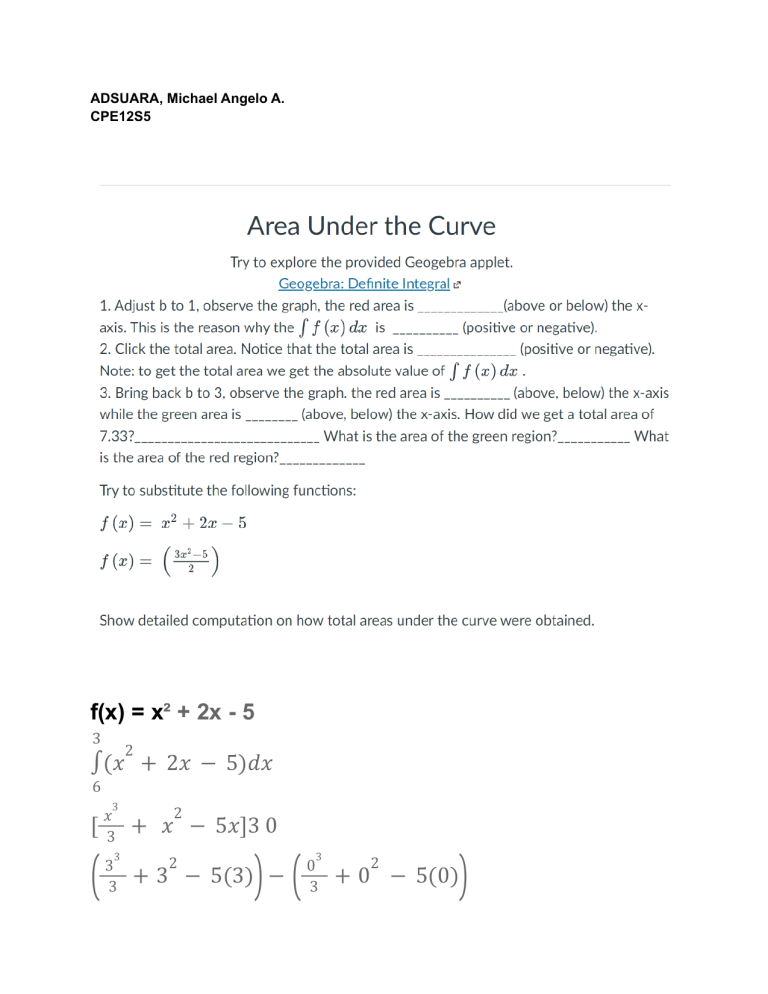
ADSUARA, Michael Angelo A. CPE12S5 f(x) = x² + 2x - 5 3 2 ∫(𝑥 + 2𝑥 − 5)𝑑𝑥 6 3 [ 𝑥 3 ( 3 3 3 2 + 𝑥 − 5𝑥]3 0 2 ) ( + 3 − 5(3) − 3 0 3 2 + 0 − 5(0) ) (9 + 9 − 15) − (0 + 0 − 0) =3 1. Adjust b to 1, observe the graph, the red area is below the x-axis. This is the reason why the ∫f(x)dx is negative. 2. Click the total area. Notice that the total area is positive. Note: to get the total area we get the absolute value of ∫f(x)dx. 3. Bring back b to 3, observe the graph. the red area is below. the x-axis while the green area is above the x-axis. How did we get a total area of 11.26? By adding the green and red area plotted on the graph. What is the area of the green region? 7.13 What is the area of the red region? 4.13 f(x) = ((3x^2 - 5) / 2) 3 2 ∫( 6 3𝑥 −5 2 )𝑑𝑥 3 [ 𝑥 −5𝑥 2 ( 3 −5(3) 2 ( 27−15 2 3 ]3 0 )− ( 3 0 −5(0) 2 ) )− ( ) 0−0 2 =6 1. Adjust b to 1, observe the graph, the red area is below the x-axis. This is the reason why the ∫f(x)dx is negative. 2. Click the total area. Notice that the total area is positive. Note: to get the total area we get the absolute value of ∫f(x)dx. 3. Bring back b to 3, observe the graph. the red area is below. the x-axis while the green area is above the x-axis. How did we get a total area of 10.30? By adding the green and red area plotted on the graph. What is the area of the green region? 8.15 What is the area of the red region? 2.15
